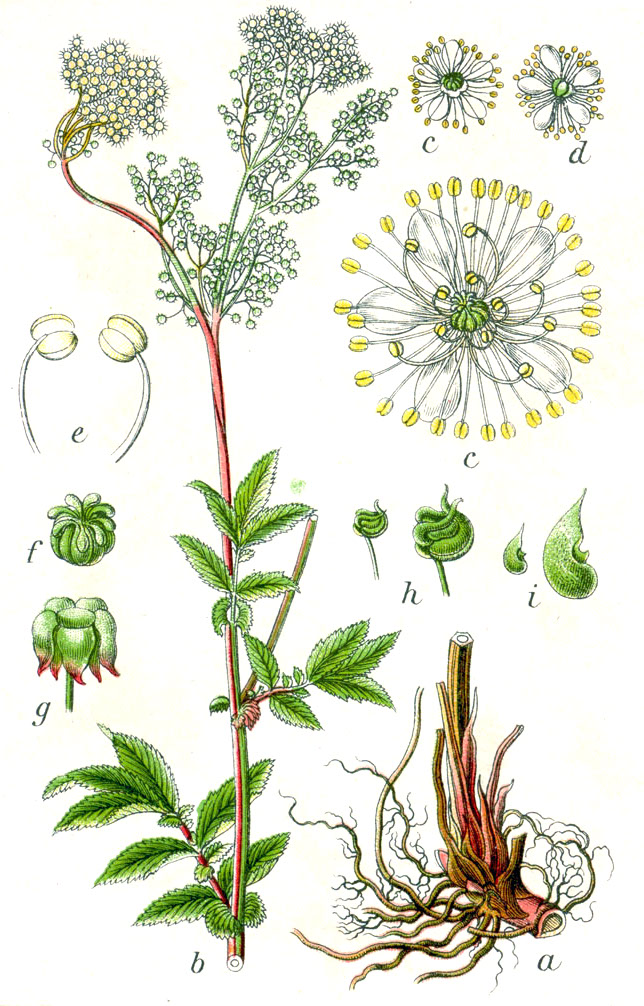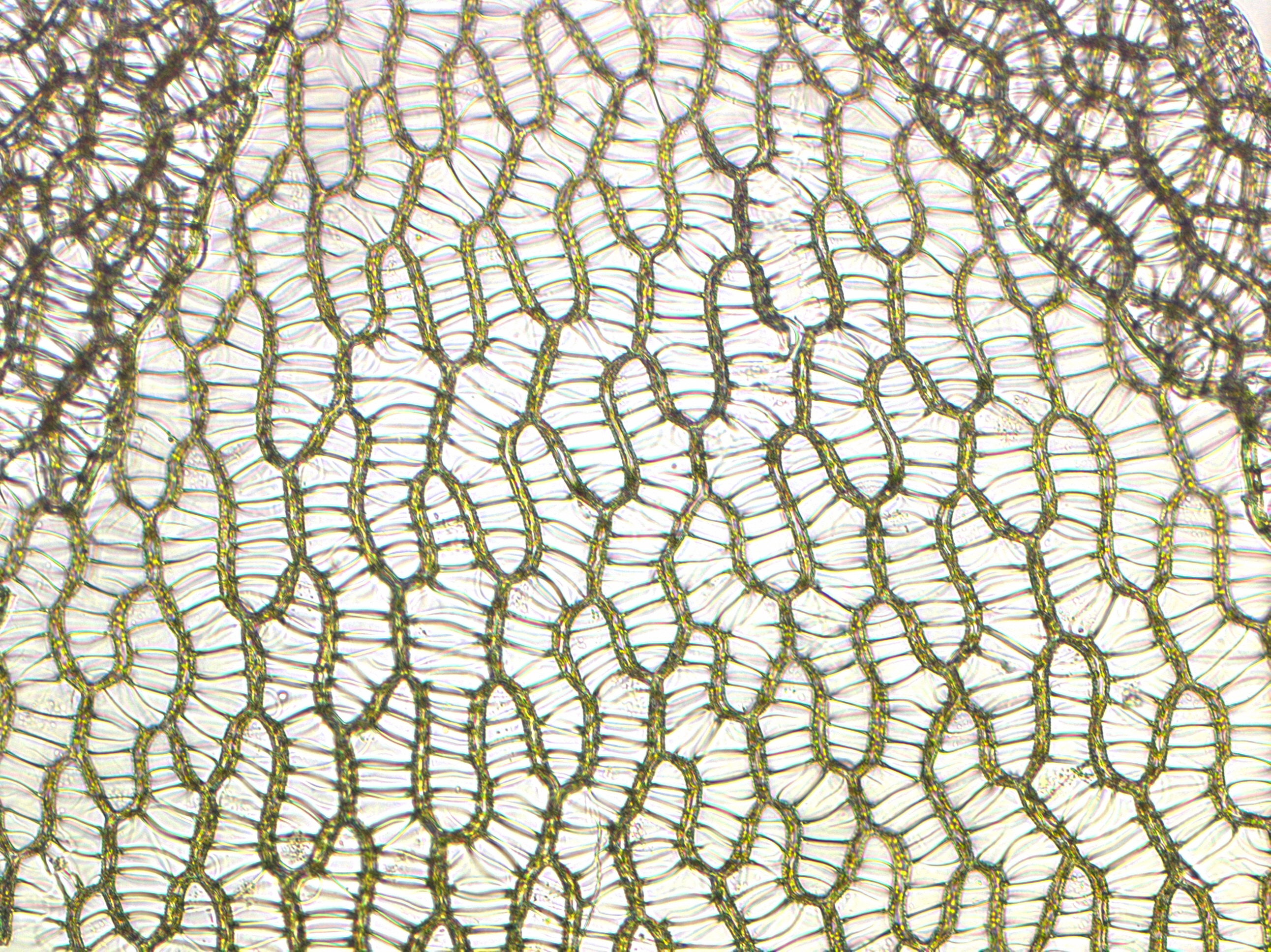|
Orton Moss
Orton Moss is a Site of Special Scientific Interest located west of the city of Carlisle in northwest England. Orton Moss is a former raised mire and divided into strips and fields which would traditionally have been used for peat cutting and grazing. Formerly noted for its butterflies, it was once the homes of the wood white, (''Leptidea sinapis''), the large heath, (''Coenonympha tullia'') and the marsh fritillary (''Euphydryas aurinia''). Most fields are now abandoned causing an increase in woodland cover and these species have disappeared. Part is maintained as wet meadow by annual mowing or grazing and devil's-bit scabious, knapweed, meadowsweet and wild angelica are abundant. Small remnants of raised mire vegetation including sphagnum moss, bog rosemary and royal fern. Birds to be seen are willow tits, woodcock, great spotted woodpecker The great spotted woodpecker (''Dendrocopos major'') is a medium-sized woodpecker with pied black and white plumage and a ... [...More Info...] [...Related Items...] OR: [Wikipedia] [Google] [Baidu] |
Site Of Special Scientific Interest
A Site of Special Scientific Interest (SSSI) in Great Britain or an Area of Special Scientific Interest (ASSI) in the Isle of Man and Northern Ireland is a conservation designation denoting a protected area in the United Kingdom and Isle of Man. SSSI/ASSIs are the basic building block of site-based nature conservation legislation and most other legal nature/geological conservation designations in the United Kingdom are based upon them, including national nature reserves, Ramsar sites, Special Protection Areas, and Special Areas of Conservation. The acronym "SSSI" is often pronounced "triple-S I". Selection and conservation Sites notified for their biological interest are known as Biological SSSIs (or ASSIs), and those notified for geological or physiographic interest are Geological SSSIs (or ASSIs). Sites may be divided into management units, with some areas including units that are noted for both biological and geological interest. Biological Biological SSSI/A ... [...More Info...] [...Related Items...] OR: [Wikipedia] [Google] [Baidu] |
Filipendula Ulmaria
''Filipendula ulmaria'', commonly known as meadowsweet or mead wort, is a perennial herbaceous plant in the family Rosaceae that grows in damp meadows. It is native throughout most of Europe and Western Asia (Near east and Middle east). It has been introduced and naturalised in North America. Meadowsweet has also been referred to as queen of the meadow, pride of the meadow, meadow-wort, meadow queen, lady of the meadow, dollof, meadsweet, and bridewort. Description The stems, growing up to 120 cm, are tall, erect and furrowed, reddish to sometimes purple. The leaves are dark-green on the upper side and whitish and downy underneath, much divided, interruptedly pinnate, having a few large serrate leaflets and small intermediate ones. Terminal leaflets are large, 4–8 cm long, and three- to five-lobed. Meadowsweet has delicate, graceful, creamy-white flowers clustered close together in irregularly-branched cymes, having a very strong, sweet smell redolent of antisep ... [...More Info...] [...Related Items...] OR: [Wikipedia] [Google] [Baidu] |
Great Spotted Woodpecker
The great spotted woodpecker (''Dendrocopos major'') is a medium-sized woodpecker with pied black and white plumage and a red patch on the lower belly. Males and young birds also have red markings on the neck or head. This species is found across the Palearctic including parts of North Africa. Across most of its range it is resident, but in the north some will migrate if the conifer cone crop fails. Some individuals have a tendency to wander, leading to the recent recolonisation of Ireland and to vagrancy to North America. Great spotted woodpeckers chisel into trees to find food or excavate nest holes, and also drum for contact and territorial advertisement; like other woodpeckers, they have anatomical adaptations to manage the physical stresses from the hammering action. This species is similar to the Syrian woodpecker. This woodpecker occurs in all types of woodlands and eats a variety of foods, being capable of extracting seeds from pine cones, insect larvae from inside trees ... [...More Info...] [...Related Items...] OR: [Wikipedia] [Google] [Baidu] |
Woodcock
The woodcocks are a group of seven or eight very similar living species of wading birds in the genus ''Scolopax''. The genus name is Latin for a snipe or woodcock, and until around 1800 was used to refer to a variety of waders. The English name its first recorded in about 1050. According to the Harleian Miscellany, a group of woodcocks is called a "fall". Taxonomy The genus ''Scolopax'' was introduced in 1758 by the Swedish naturalist Carl Linnaeus in the tenth edition of his ''Systema Naturae''. The genus name is Latin for a snipe or woodcock. The type species is the Eurasian woodcock (''Scolopax rusticola''). Only two woodcocks are widespread, the others being localized island endemics. Most are found in the Northern Hemisphere but a few range into the Greater Sundas, Wallacea and New Guinea. Their closest relatives are the typical snipes of the genus '' Gallinago''. As with many other sandpiper genera, the lineages that led to ''Gallinago'' and ''Scolopax'' likely div ... [...More Info...] [...Related Items...] OR: [Wikipedia] [Google] [Baidu] |
Willow Tit
The willow tit (''Poecile montanus'') is a passerine bird in the tit family, Paridae. It is a widespread and common resident breeder throughout temperate and subarctic Europe and across the Palearctic. The plumage is grey-brown and off-white with a black cap and bib. It is more of a conifer specialist than the closely related marsh tit, which explains it breeding much further north. It is resident, and most birds do not migrate. Taxonomy The willow tit was described in 1827 by the Swiss naturalist Thomas Conrad von Baldenstein under the trinomial name ''Parus cinereus montanus''. The type locality is the mountain forests in the Canton of Grisons, Switzerland. The willow tit is now placed in the genus '' Poecile'' that was erected by the German naturalist Johann Jakob Kaup in 1829. The genus name, ''Poecile'', is the Ancient Greek name for a now unidentifiable small bird, and the specific ''montanus'' is Latin for "of the mountains". ''Poecile'' was at one time treated as ... [...More Info...] [...Related Items...] OR: [Wikipedia] [Google] [Baidu] |
Osmunda Regalis
''Osmunda regalis'', or royal fern, is a species of deciduous fern, native to Europe, Africa and Asia, growing in woodland bogs and on the banks of streams. The species is sometimes known as flowering fern due to the appearance of its fertile fronds. Names The name ''Osmunda'' possibly derives from ''Osmunder'', a Saxon name for the god Thor. The name "royal fern" derives from its being one of the largest and most imposing European ferns. The name has been qualified as "old world royal fern" in some American literature to distinguish it from the closely related American royal fern, '' O. spectabilis''. However this terminology is not found in British literature. Description ''Osmunda regalis'' produces separate fertile and sterile fronds. The sterile fronds are spreading, tall and broad, bipinnate, with 7-9 pairs of pinnae up to long, each pinna with 7-13 pairs of pinnules 2.5-6.5 cm long and 1–2 cm broad. The fertile fronds are erect and shorter, 20–50 cm ... [...More Info...] [...Related Items...] OR: [Wikipedia] [Google] [Baidu] |
Bog Rosemary
''Andromeda polifolia'', common name bog-rosemary, is a species of flowering plant in the heath family Ericaceae, native to northern parts of the Northern Hemisphere. It is the only member of the genus ''Andromeda'', and is only found in bogs in cold peat-accumulating areas. Description It is a small shrub growing to (rarely to ) tall with slender stems. The leaves are evergreen, alternately arranged, lanceolate, long and broad, dark green above (purplish in winter) and white beneath with the leaf margins curled under. The flowers are bell-shaped, white to pink, long; flowering is in late spring to early summer. The fruit is a small capsule containing numerous seeds. There are two varieties, treated as distinct species by some botanists: *''Andromeda polifolia'' var. ''polifolia''. Northern Europe and Asia, northwestern North America. *''Andromeda polifolia'' var. ''latifolia'' Aiton 789/small>. Northeastern North America (syn. ''A. glaucophylla'' Link 821/small>, '' ... [...More Info...] [...Related Items...] OR: [Wikipedia] [Google] [Baidu] |
Sphagnum Moss
''Sphagnum'' is a genus of approximately 380 accepted species of mosses, commonly known as sphagnum moss, peat moss, also bog moss and quacker moss (although that term is also sometimes used for peat). Accumulations of ''Sphagnum'' can store water, since both living and dead plants can hold large quantities of water inside their cells; plants may hold 16 to 26 times as much water as their dry weight, depending on the species.Bold, H. C. 1967. Morphology of Plants. second ed. Harper and Row, New York. p. 225-229. The empty cells help retain water in drier conditions. As sphagnum moss grows, it can slowly spread into drier conditions, forming larger mires, both raised bogs and blanket bogs. Thus, sphagnum can influence the composition of such habitats, with some describing sphagnum as 'habitat manipulators'. These peat accumulations then provide habitat for a wide array of peatland plants, including sedges and ericaceous shrubs, as well as orchids and carnivorous plants.Keddy, ... [...More Info...] [...Related Items...] OR: [Wikipedia] [Google] [Baidu] |
Wild Angelica
''Angelica sylvestris'' or wild angelica is a species of flowering plant, native to Europe and central Asia. An annual or short-lived perennial growing to a maximum of , it has erect purplish stems and rounded umbels of minuscule white or pale pink flowers in late summer. Habitat and ecology The Latin specific epithet ''sylvestris'' means “growing in woodland”. However it tolerates a range of conditions including fields, hedgerows, open woods, marshes and fens. It will grow in light (sandy), medium (loamy) and heavy (clay) soils. It has recently been determined to be an invasive weed in New Brunswick and Cape Breton, Nova Scotia, Canada. "According to the New Brunswick Invasive Species Council, unless this species is controlled, Woodland Angelica could spread throughout Canada, overwhelming other vegetation." The flowers are visited by a wide array of insects and are thus characterised by a generalised pollination system. Adult wasps of '' Dolichovespula norwegica'' are kno ... [...More Info...] [...Related Items...] OR: [Wikipedia] [Google] [Baidu] |
Knapweed
''Centaurea'' () is a genus of over 700 species of herbaceous thistle-like flowering plants in the family Asteraceae. Members of the genus are found only north of the equator, mostly in the Eastern Hemisphere; the Middle East and surrounding regions are particularly species-rich. In the western United States, yellow starthistles are an invasive species. Around the year 1850, seeds from the plant had arrived to the state of California. It is believed that those seeds came from South America. Common names Common names for this genus are centaury, centory, starthistles, knapweeds, centaureas and the more ambiguous "bluets"; a vernacular name used for these plants in parts of England is "loggerheads" (common knapweed). The ''Plectocephalus'' group – possibly a distinct genus – is known as basketflowers. "Cornflower" is used for a few species, but that term more often specifically means either '' C. cyanus'' (the annual cornflower) or '' Centaurea montana'' (the perennial ... [...More Info...] [...Related Items...] OR: [Wikipedia] [Google] [Baidu] |
Carlisle
Carlisle ( , ; from xcb, Caer Luel) is a city that lies within the Northern English county of Cumbria, south of the Scottish border at the confluence of the rivers Eden, Caldew and Petteril. It is the administrative centre of the City of Carlisle district which, (along with Cumbria County Council) will be replaced by Cumberland Council in April 2023. The city became an established settlement during the Roman Empire to serve forts on Hadrian's Wall. During the Middle Ages, the city was an important military stronghold due to its proximity to the Kingdom of Scotland. Carlisle Castle, still relatively intact, was built in 1092 by William Rufus, served as a prison for Mary, Queen of Scots in 1568 and now houses the Duke of Lancaster's Regiment and the Border Regiment Museum. In the early 12th century, Henry I allowed a priory to be built. The priory gained cathedral status with a diocese in 1133, the city status rules at the time meant the settlement became a city. ... [...More Info...] [...Related Items...] OR: [Wikipedia] [Google] [Baidu] |
Devil's-bit Scabious
''Succisa pratensis'', also known as devil's-bit or devil's-bit scabious, is a flowering plant in the honeysuckle family Caprifoliaceae. It differs from other similar species in that it has four-lobed flowers, whereas small scabious and field scabious have five lobes and hence it has been placed in a separate genus in the same family. It also grows on damper ground. Name Species of scabious were used to treat scabies, and other afflictions of the skin including sores caused by the bubonic plague. The word scabies comes from the Latin word for "scratch" (scabere). The short black root was in folk tales bitten off by the devil, angry at the plant's ability to cure these ailments, in anger against the Virgin Mary, or as part of some 'devilish plot'. The Latin specific epithet ''pratensis'' literally means "of the meadow". Description ''Succisa pratensis'' is a herbaceous perennial up to 1m tall, growing from a basal rosette of simple or distantly-toothed, lanceolate lea ... [...More Info...] [...Related Items...] OR: [Wikipedia] [Google] [Baidu] |







